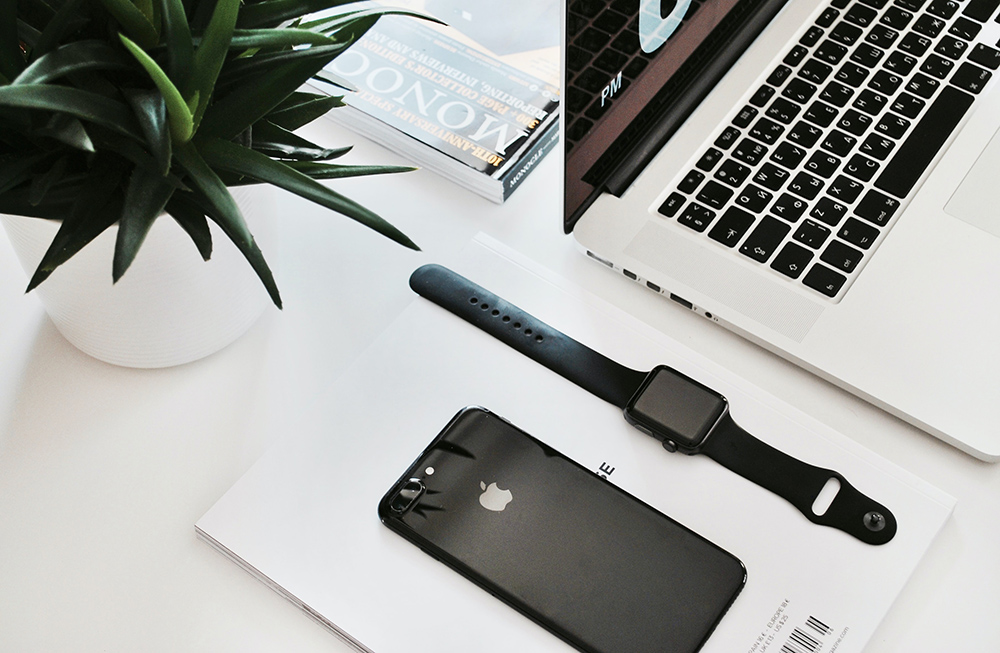This week in the Wylde blog we’re debunking the hybrid headache myth! As the pandemic surpassed the one year mark, in April this year we teamed up with our partners at MONTROC Consulting to discuss what the future could look like for workplaces. Our discussions lead the focus to recalibrating culture, focusing vision, designing great workspaces, procuring appropriate furniture, building to the highest standard and embedding behaviours to #liveworkbetter through a hybrid working model.
In March 2020 little did we know that this marked the end of the workplace as we knew it – but also, it was the end of negative work culture that would never have been nudged without something as catastrophic or giant as a global pandemic. Overhauling the traditional work model would never be easy, and until the past couple of years, it seemed impossible to change such a deeply ingrained structure after decades of it being built to simply be this way.
Here’s the thing, flexible and remote working was around way before the pandemic and actually, it works really well for many businesses. There will always be those who either want to be back in the office full time – similarly there will be those who choose to work remotely full time, however the bulk of people want a mix. Put simply, we want the freedom of choice and the ability to make our lives (work and play) more manageable.
People’s priorities have changed and the definition of success has altered to a more blurred line between work ambitions and life ambitions. Read more on this on our previous blog Redefining Ambition. Covid-19 accelerated the change and swept away any fears or doubts of making massive changes to the general working day for so many of us, by forcing us to do it and make it work. We would argue that the working day was heading in this direction for many years, the pandemic has just allowed us to dive straight into it.
The thing is, hybrid working models are malleable and there is no one-size fits all approach. The hybrid headaches are coming from a place of not fitting in with traditional working structures which we believe could actually benefit from being more flexible and adaptable anyway.
The unique demands and realities of any job role, will require different levels of in-person meet ups, site visits and need to be in office. Hybrid working does not mean a calamitous mix of being in and out of the office unpredictably – remote workers have a duty to communicate and liaise effectively to ensure that not being physically present in the office is a benefit rather than a hinderance.
Check out the short animation we made earlier this year!






